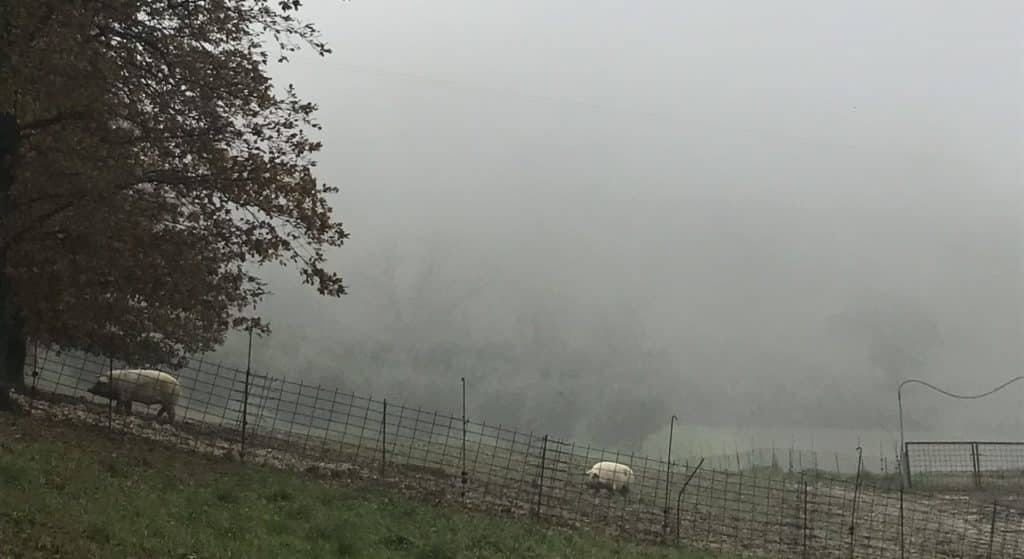
Lost in the Valley of the Roses
This is an Altum essay.
Author’s note: Two years ago, my family and I left our homestead in rural Vermont to travel full-time while homeschooling. During 2021–2022, we traveled through the southeastern United States. In October 2022, we flew to Italy, where we spent three months immersing ourselves in the culture and landscape. In this letter, which I wrote to a good friend back in Vermont, I attempted to give him a sense of our life there.
Dear ———
Thank you very much for your letter. I’m sorry it’s taken so long for me to write back.
And thank you for evoking your life in ————, Vermont, for me, sitting here in too-mild-for-December Italy. This winter and the last have been sojourns in southern lands for us. Last year at this time, we were swimming in the Atlantic ocean off the coast of Amelia Island, where my father lives. This year we are feeling the warm December sun of Le Marche, a region stretching west from the Adriatic coast in central Italy. The winter weather and landscape here are very much like what I grew up with in middle Tennessee — brown and green, sun and cloud in turns; no snow and often no need for a coat, if the sun is shining at least. But (unlike central Tennessee) behind the pastoral landscape of rolling hills divided like a patchwork quilt by agricultural fields, along the horizon, though often shrouded in clouds, stand some very tall mountains. The Apennines stretch along the Italian peninsula like a spine; and those near us, called the Sibillines — named for the Sibyls, prophets and prophetesses revered both by ancient pagans and Christians, who, according to ancient tradition, lived in caves among these mountains — reach at their greatest height over 7,000 feet.
On the Friday before Christmas eve, I took the two older kids for a long walk through the hills here. We’re in a very rural location at the moment, where barely any Americans ever come. It feels like, at last, we reached the real Italy on this last leg of our trip. Italy is one of the most-visited countries in the world, but the tourists tend to follow certain well-worn tracks: Florence, Rome, Venice. The more adventurous ones venture a bit further, perhaps into the hill towns of Tuscany or Umbria. But the only tourists in Le Marche seem to be Italians. In the part of Le Marche where we are, nestled in a little corner called the “Valle delle Rose” (valley of the roses) next to the walled hill-town of Barchi, not even Italian tourists venture in winter. It reminds us a bit of Vermont outside the well-travelled tourist towns — lots of working farms and rolling hills and hardworking people without too much money but with enough time to greet and chat with a stranger. Replace fields of corn and grazing cattle with grapevines and olive trees, and big pickup trucks with little “api” (the name literally means “bees,” but refers to the tiny 3-wheeled Italian work vehicles that buzz loudly down the roads), and you’ll have a pretty good mental picture of the place, just without the frigid weather — although, surprisingly, here we are only barely south by latitude of our old home in Vermont.
As I was saying, I took the two older kids for a long walk. The fog was very thick that day, and we could barely see thirty or forty feet from the edge of the road. We don’t have Italian cell plans, so we depend on downloading web maps for navigation. Our destination was a hill town that we can see from our valley, Sant’Andrea. All the towns around here are built at the tops of hills and, no matter how seemingly insignificant, they are encircled by heavy stone walls and imposing gates. The Italians always know how to fare una bella figura (“make a good impression”). The stone walls and gates, with bell towers rising toward heaven, certainly strike the eye more than the random scattering of clapboard buildings that make up a typical New England village. One has to work a bit, however, to imagine these sleepy Italian hill-towns, with laundry flapping from apartment windows far up above the walls (Italians never seem to have dryers), as important enough to throw up fifty foot-high stone walls around. But, apparently, in the medieval period wars between the little towns and their enemies’ larger allies was a constant threat. A more distant threat, though a very real one all the same, was the Barbary pirates — Ottoman raiders who plundered the Adriatic coastlines for slaves.
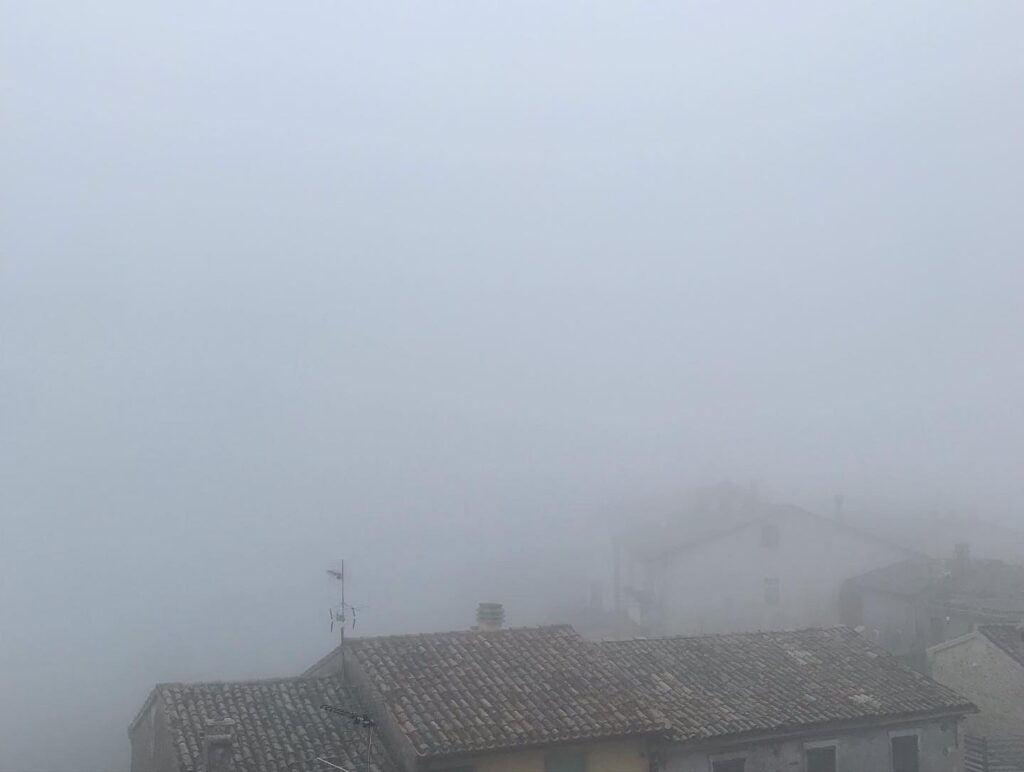 Our walk wound along some gravel roads — although here the roads are primarily made up not of gravel, but of broken pottery shards, which gives them a pleasant pink tint; then up through some fields along a narrow footpath enclosed by oaks, of a kind I haven’t learned the proper name for yet. They look like American white oaks but the leaves are about half the size, and the acorns are quite large. We finally reached the end of the footpath, and by this point I thought we were lost. After an hour of trudging uphill through damp ground enveloped in dense cloud and raw air, the fog had not burned off as I had hoped, and so we turned onto a paved road that I thought I had identified on the map in spite of the lack of visibility — but in vain. We walked for twenty or more minutes before I finally admitted to myself that what I was seeing before me did not match the map. I turned on my cell phone (which meant I had to swallow a $10 charge for one day’s data use) to see where we were. Somehow we had missed a turn, although I didn’t understand where we’d gone wrong. But, it seemed, if we kept plodding along the road we would reach the town in about twenty minutes. After twenty or so minutes, again the landmarks around me didn’t seem to match the map. I checked the cell map again. We’d been walking on the right road, wrong direction.
Our walk wound along some gravel roads — although here the roads are primarily made up not of gravel, but of broken pottery shards, which gives them a pleasant pink tint; then up through some fields along a narrow footpath enclosed by oaks, of a kind I haven’t learned the proper name for yet. They look like American white oaks but the leaves are about half the size, and the acorns are quite large. We finally reached the end of the footpath, and by this point I thought we were lost. After an hour of trudging uphill through damp ground enveloped in dense cloud and raw air, the fog had not burned off as I had hoped, and so we turned onto a paved road that I thought I had identified on the map in spite of the lack of visibility — but in vain. We walked for twenty or more minutes before I finally admitted to myself that what I was seeing before me did not match the map. I turned on my cell phone (which meant I had to swallow a $10 charge for one day’s data use) to see where we were. Somehow we had missed a turn, although I didn’t understand where we’d gone wrong. But, it seemed, if we kept plodding along the road we would reach the town in about twenty minutes. After twenty or so minutes, again the landmarks around me didn’t seem to match the map. I checked the cell map again. We’d been walking on the right road, wrong direction.
At this point I couldn’t rally the kids to reach the town, because now we were thirty minutes away. Even if we did reach it, we knew that at that time (around 1:30 pm) the whole town would be shuttered for the pausa (the afternoon siesta period, from about 1-4pm). No chance of rewarding ourselves with cornetti alla crema (Italian croissants filled with delicious custard) and caffè macchiato (the classic post-lunch drink of espresso with a very little bit of foamed milk on top). We decided to cut our losses and walk back home with empty stomachs. All three of us cheered up in any case as we reached the long footpath back home that I described earlier — in part because we all now knew we weren’t lost and were comforted by this fact, and in part because we were now traveling consistently downhill. Passing some pigs in the mist, we paused a moment, sympathetically watching them rooting about in the wet earth. We reached home tired and hungry, but not too grouchy — at least after we had eaten something. A few days later, on Christmas Day, we all drove to Sant’Andrea in the car to get some fresh air and work up an appetite between lunch and dinner. In the clear light of Christmas day we saw our route quite plainly, and I understood where we’d gone wrong two days before — I’d misread the map and turned the wrong way when we were only a few minutes from our destination.

The couple who own the apartment we’re renting, Kirsten and Massimo, live right downstairs. That morning before our walk I mentioned to Massimo that we were going to walk to Sant’Andrea. He had been putting a new license plate on his car, grumbling to me that because of Italian bureaucratic hypertrophy he had paid over one thousand euros to get this car, which had been purchased in Germany, registered in Italy. When I mentioned Sant’Andrea, he raised his eyes and made a gesture with his hand that indicated lots of hills between here and there. Although he is quite a fine English speaker, I try to communicate with him in Italian if possible to give myself a little practice. Although I don’t get too many chances to speak with him, I like to imagine what I would say to him in Italian about this or that. It provides me with some motivation to work on the language. As I was trying to think of how I would describe our walk to Massimo, the first lines of Dante’s Divine Comedy came to me,
Nel mezzo del cammin di nostra vita,
Mi ritrovai per una selva oscura,
Chè la diritta via era smarrita.
In the middle of this journey of our life,
I found myself wandering through a dark wood,
And realized that the right way had been lost.
Perhaps there’s a larger lesson, I thought, to take from this walk that Dante, putting up a mirror to our experience, seems to be trying to teach me: sometimes the best way to find the right way in a dark wood, or a dense fog, is to turn around and go back home, foregoing dreams of cornetti and caffe macchiato, baroque church interiors and soaring bell towers. For, at the end of the narrow footpath that runs through the wood of dripping oaks is, at least, a place to rest, a slice of bread and cheese, and a glass of good red wine to console the disappointed heart of the weary traveler.
John
Author John Carr, after attending the Graduate Institute at St John’s College, taught humanities, Greek, and Latin for several years in classical schools. He recently left a homestead in the Green Mountains of Vermont to travel full-time with his family while homeschooling.
Note: Guest bloggers share their own thoughts as classical educators and learners and do not represent ClassicalU.com or Classical Academic Press. If you are interested in writing guest blog content, please contact us with your name, connection to classical education, and ideas for a blog post.


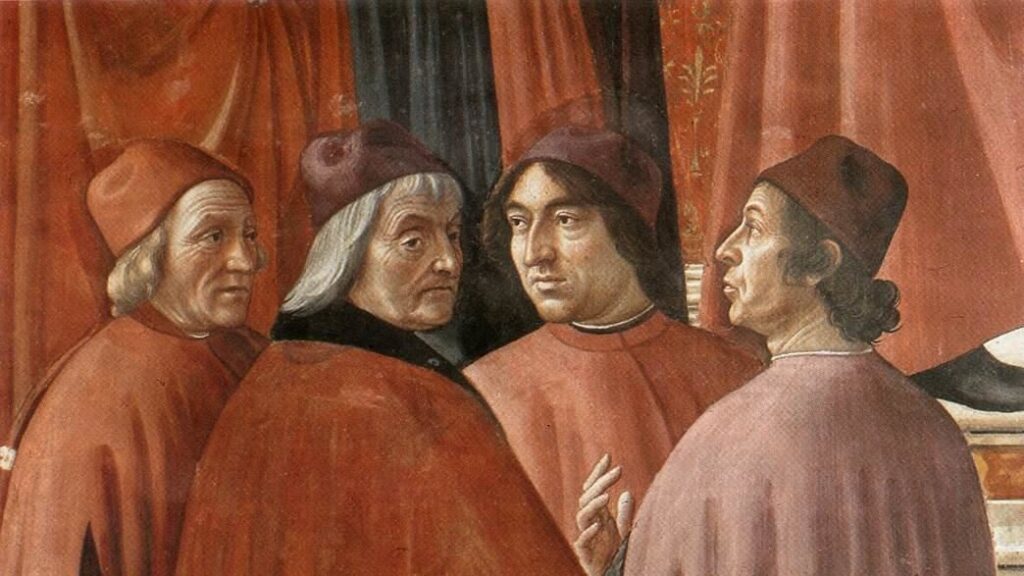
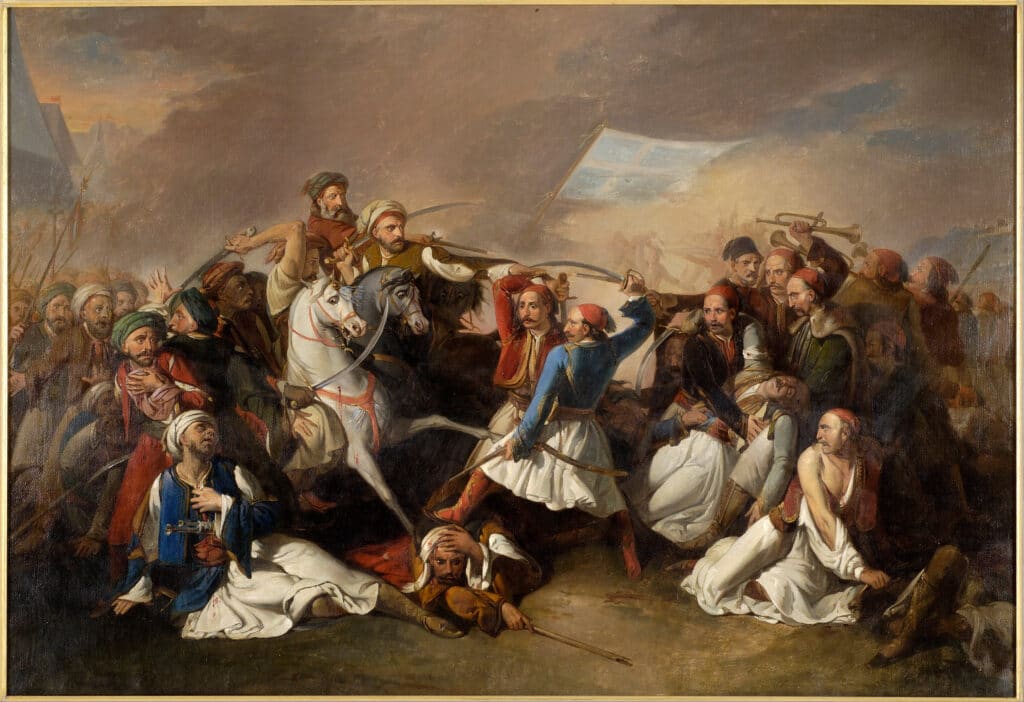
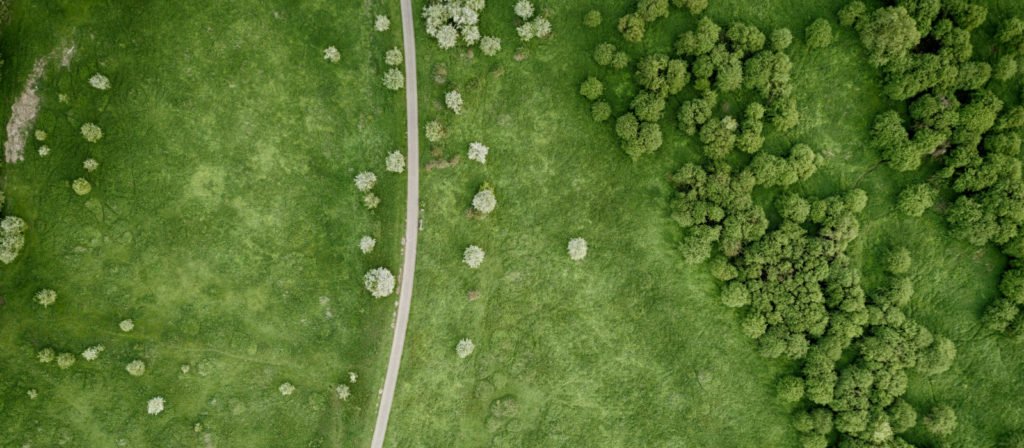
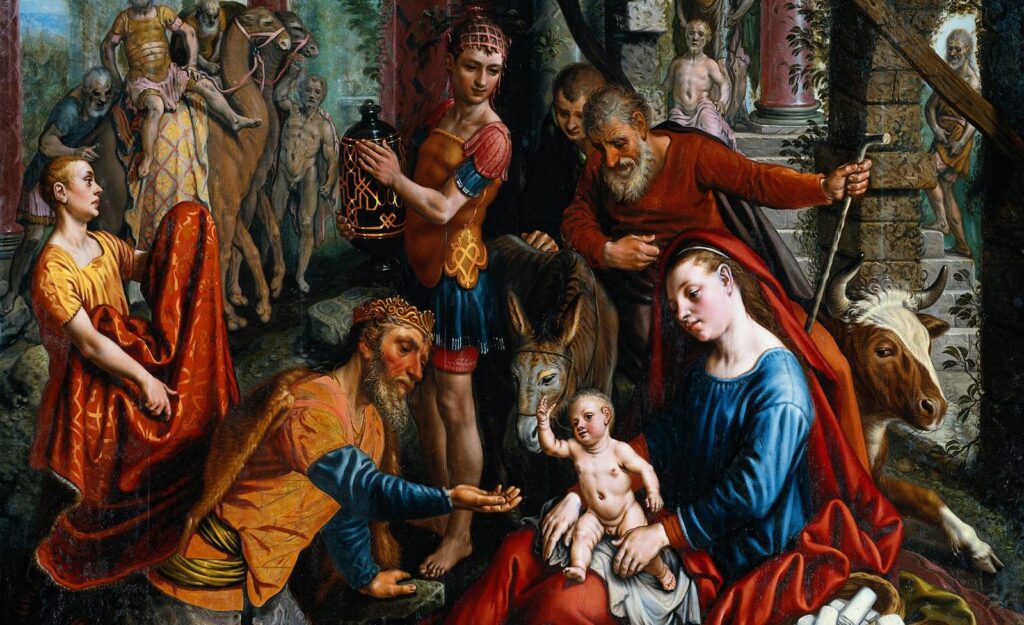


Responses